Nancy had been asked to participate in her first bundle. She was delighted at the idea of contributing and building her mailing list. But she wasn’t sure what to offer in the event. Her coach suggested she try offering one of these things:

An eBook
If you already have an eBook up for sale, you can easily provide a copy of it to bundle buyers. You can do this by having subscribers sign up for your mailing list and creating a welcome email with the link to your eBook.
Of course if you already have a shopping cart in place, you could create a special discount code that gives participants 100% off. Just make sure to keep the coupon specific to the product. Otherwise someone may use that coupon code on other items that aren’t part of the bundle event.
A Planner or Workbook
Planners and workbooks are popular right now and they are low-content. That means you don’t need to take a lot of time or energy to create one.
Many people use the term “planner” and “workbook” interchangeably. They are similar but the big difference is that a planner typically teaches users how to do something while a workbook helps participants explore a topic in-depth.
A Collection of Templates or Checklists
Another idea that could be useful is creating a collection of templates or checklists. Try to make sure your templates are related to what you offer so the people who claim it will be interested in your other products or services.
If you’re a graphic designer then offer a collection of graphics templates. Don’t try to create a copywriting checklist. You’ll muddy your branding and confuse new customers.

A Webinar
If you don’t have a product available yet, you could create a simple webinar. You can use a program like PowerPoint or Canva or even Google Slides to design your presentation and make it look professional.
Then you could put up a sales page that features the information about your webinar as well as an area to sign up for it. If this is a bundle that involves paid products, be sure to include a price somewhere on the page so participants understand that.
Use PLR
Private Label Rights (PLR) content is special content you buy with the right to edit and brand it as your own. You can find PLR eBooks, PLR planners, PLR workbooks, and other amazing resources.
Of course, not every bundle host is open to PLR. Some creators want to keep the products offered unique so they don’t allow any form of PLR content. If you’re not sure if PLR is acceptable, reach out and ask the bundle host in advance.
It’s OK if you don’t have any products before the bundle. Just take this as the opportunity to create a product that will serve your community and grow your mailing list!






